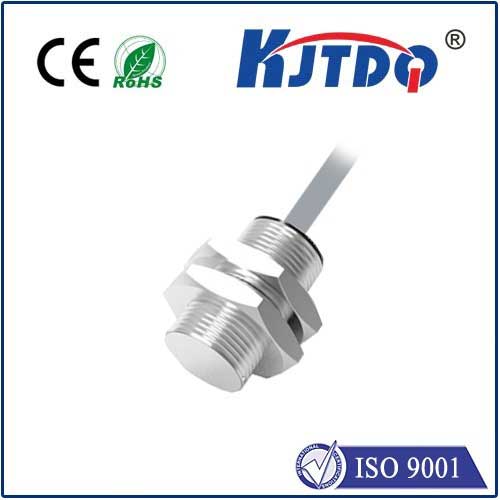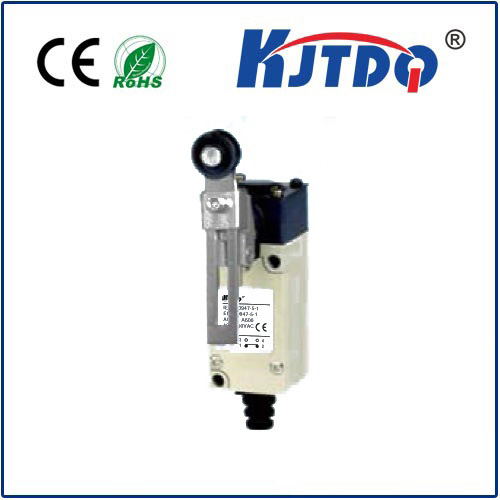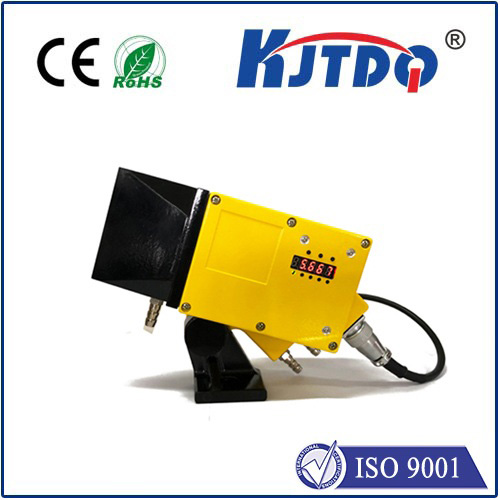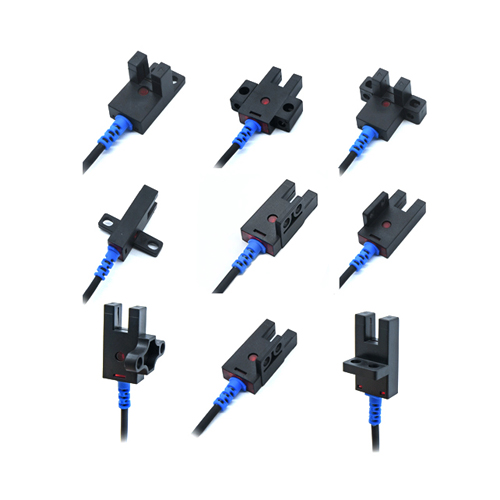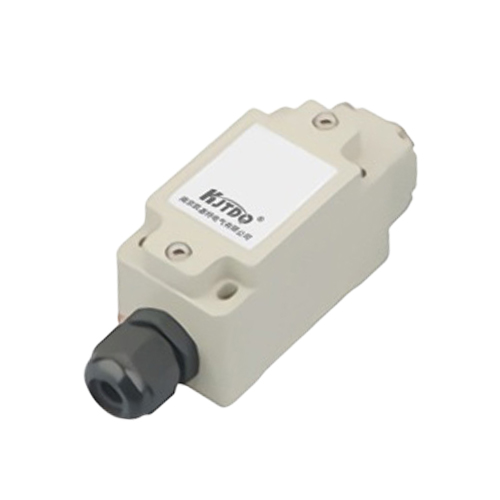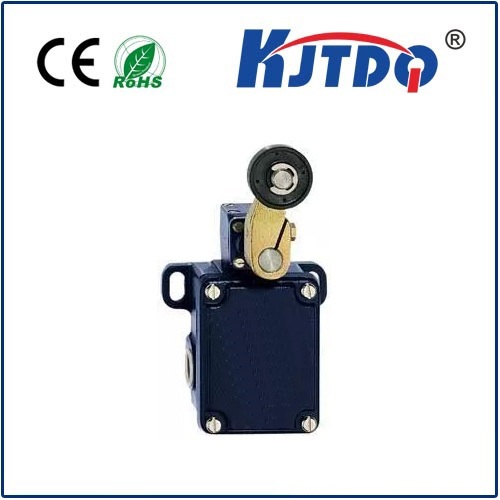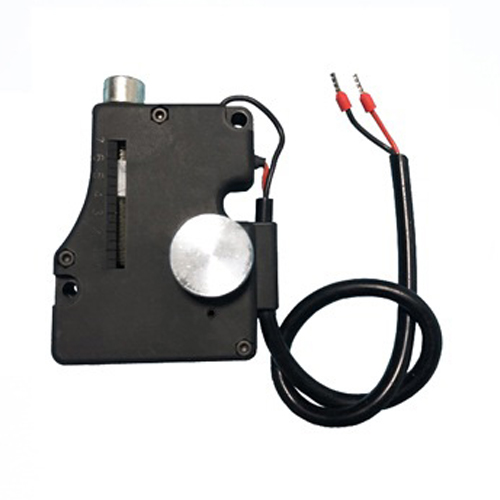laser ride height sensors
- time:2025-08-29 02:07:11
- Click:0
Laser Ride Height Sensors: Precision Measurement for Demanding Industrial Applications
In the high-stakes world of modern manufacturing and automation, measuring minute distances with unwavering accuracy is often non-negotiable. Whether ensuring a semiconductor wafer is perfectly positioned during lithography, verifying the critical suspension height of a high-performance vehicle, or guaranteeing the flawless coating on a material, sub-micron precision is paramount. This is where laser ride height sensors step into the spotlight, offering a sophisticated, reliable solution for non-contact distance measurement where traditional methods fall short.
Understanding the Core Principle: Laser Triangulation
Fundamentally, laser ride height sensors operate on the well-established principle of optical triangulation. Here’s how it works:
- Laser Emission: The sensor projects a highly focused, typically red or blue, laser beam onto the target surface.
- Reflection: The laser light spot reflects diffusely off the surface.
- Light Reception: A precision lens within the sensor collects the reflected light and focuses it onto a position-sensitive detector (PSD) or a charge-coupled device (CCD) / complementary metal-oxide-semiconductor (CMOS) linear array.
- Position Calculation: As the distance between the sensor and the target surface changes, the angle at which the reflected light enters the receiver lens changes. This causes the position of the laser spot image to shift laterally on the detector.
- Distance Output: Sophisticated electronics within the sensor correlate this lateral shift precisely to the change in distance (ride height). The result is a highly accurate, real-time analog or digital signal representing the target’s position relative to the sensor.
Why Choose Laser Ride Height Sensors? Key Advantages
Laser ride height sensors offer a compelling set of benefits that make them indispensable in precision industrial settings:

- Exceptional Resolution and Accuracy: Capable of resolutions down to nanometers and accuracies in the micron or even sub-micron range, they outperform most other non-contact methods for fine distance control.
- True Non-Contact Measurement: Crucial for delicate surfaces (e.g., wafers, thin films, soft materials) or high-speed processes where physical contact would cause damage, distortion, or wear.
- High Speed: Able to take thousands of measurements per second, they excel in dynamic applications like on-the-fly inspection on production lines or monitoring fast-moving components.
- Insensitivity to Target Material: While surface reflectivity and color can influence performance (mitigated by using blue lasers for dark surfaces or specialized models), their performance is generally superior to capacitive or eddy current sensors on non-conductive materials or through thin non-conductive layers. Immunity to surface conductivity is a key differentiator.
- Small Spot Size: The focused laser beam enables precise measurement on very small targets or features.
- Long Standoff Range (Relative to Accuracy): They can measure accurately over distances significantly larger than the resolution they provide, offering flexibility in mounting.
Critical Applications: Where Precision Height Matters
The unique capabilities of laser ride height sensors make them vital across numerous industries:
- Semiconductor Manufacturing: Monitoring wafer planarity during chemical mechanical polishing (CMP), controlling photolithography mask aligner gap height, inspecting bump heights, and ensuring precise positioning during various fabrication steps.
- Electronics Assembly: Measuring component coplanarity (e.g., ball grid arrays - BGAs), verifying solder paste deposition thickness, and inspecting connector pin height.
- Automotive (R&D & Manufacturing): Precisely measuring suspension ride height during vehicle development and testing, controlling the gap between brake discs and pads, checking wheel rim runout, and ensuring body panel gap consistency. This is the literal application of “ride height” measurement.
- Precision Machining & Grinding: Monitoring tool wear in real-time, controlling grinding depth and surface finish, and measuring workpiece position on CNC machines.
- Flat Panel Display (FPD) Production: Controlling glass substrate spacing during bonding processes and inspecting panel thickness variations.
- Web & Roll-to-Roll Processing: Measuring web thickness and vibration on films, foils, papers, and textiles during coating, laminating, or printing operations for tension control and defect detection.
- General Automation & Robotics: Providing precise feedback for robotic positioning, part presence/absence verification, and quality control surface inspection tasks requiring dimensional accuracy.
Selecting the Right Sensor: Key Considerations
Choosing the optimal laser ride height sensor involves evaluating several factors:
- Required Range & Resolution: Define the minimum and maximum distances (measurement range) and the smallest detectable change (resolution) needed for your application.
- Accuracy & Linearity: Determine the acceptable margin of error (accuracy) and how consistently the sensor performs across its entire range (linearity).
- Spot Size: Consider the target size and the required measurement precision. Smaller spots allow measurement on tiny features.
- Target Surface: Evaluate the surface material, color, reflectivity, and texture. Dark, matte, transparent, or highly reflective surfaces may require specific sensor types (e.g., blue lasers for dark surfaces) or sensor settings.
- Environmental Factors: Assess operating temperature, presence of dust, oil mist, vibration, or ambient light interference. Robust housings and protective windows (air purge connections) are often necessary for harsh environments.
- Output Signal: Determine the required interface (analog voltage/current, digital RS-232/RS-422, USB, Ethernet, EtherCAT, PROFINET, etc.) for integration with your control system.
- Sampling Rate: Ensure the sensor’s measurement speed matches the dynamics of your process.
Optimizing Performance in the Real World
Achieving the best results with a laser ride height sensor requires attention to detail:
- Stable Mounting: Secure the sensor rigidly to minimize vibration-induced measurement errors. Use appropriate fixtures.
- Target Surface Suitability: Ensure the target surface provides adequate diffuse reflection. For highly specular (mirror-like) surfaces, angled mounting or specialized diffuse reflection targets might be needed. Avoid transparent materials unless using specific transmission sensors.
- Ambient Light Control: While modern sensors have excellent ambient light rejection, shielding the measurement area from intense, direct ambient light (especially lasers or structured light) is beneficial.
- Temperature Stability: Allow sensors to acclimate to operating temperature and be aware of drift specifications if temperature fluctuations are significant.
- Calibration: Follow manufacturer guidelines for initial calibration against traceable standards and periodic recalibration checks to maintain accuracy.
Overcoming Challenges: Surface Effects and More
While powerful, laser triangulation has nuances:
- Surface Angle: Significant tilting of the target surface can cause measurement errors or signal loss. Sensors have specified tolerance angles.
- Gaps, Holes, and Steps: Abrupt changes in surface height can cause the laser spot to fall partially on different levels, leading to erroneous readings. Edge detection modes or sensor placement is crucial.
- Transparent Materials: Standard sensors measure the first surface they encounter. Measuring through glass or measuring the back surface requires specialized configurations or sensor types.
Laser ride height sensors represent a cornerstone technology for modern precision manufacturing and automation. Their ability to deliver high-resolution, non-contact distance measurement reliably and rapidly makes them essential for ensuring quality, optimizing processes, and pushing the boundaries of what’s possible in industries demanding micrometer-level control. Understanding their operating principles, strengths, limitations, and application nuances is key to successfully harnessing their power and unlocking new levels of process efficiency and product excellence.






